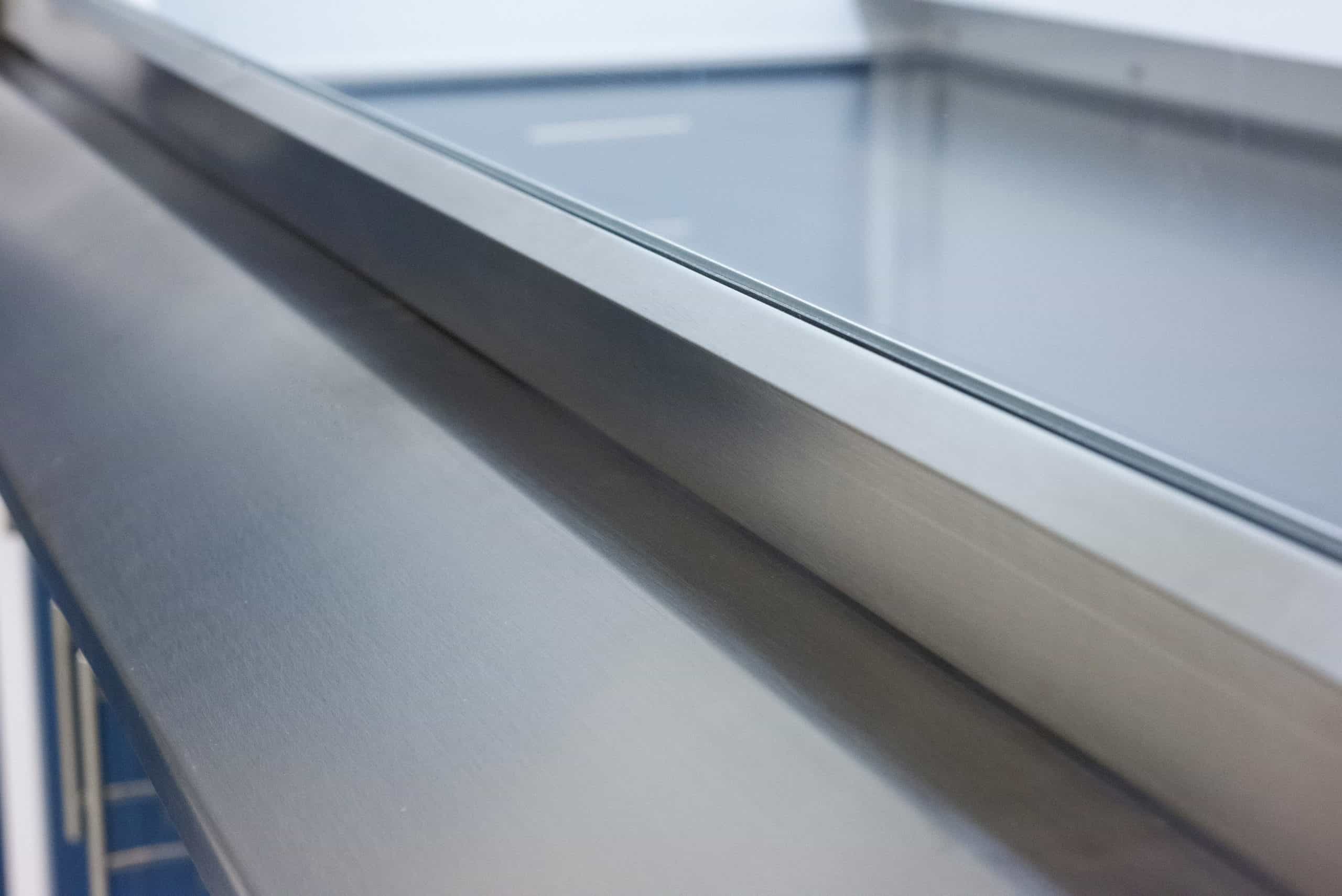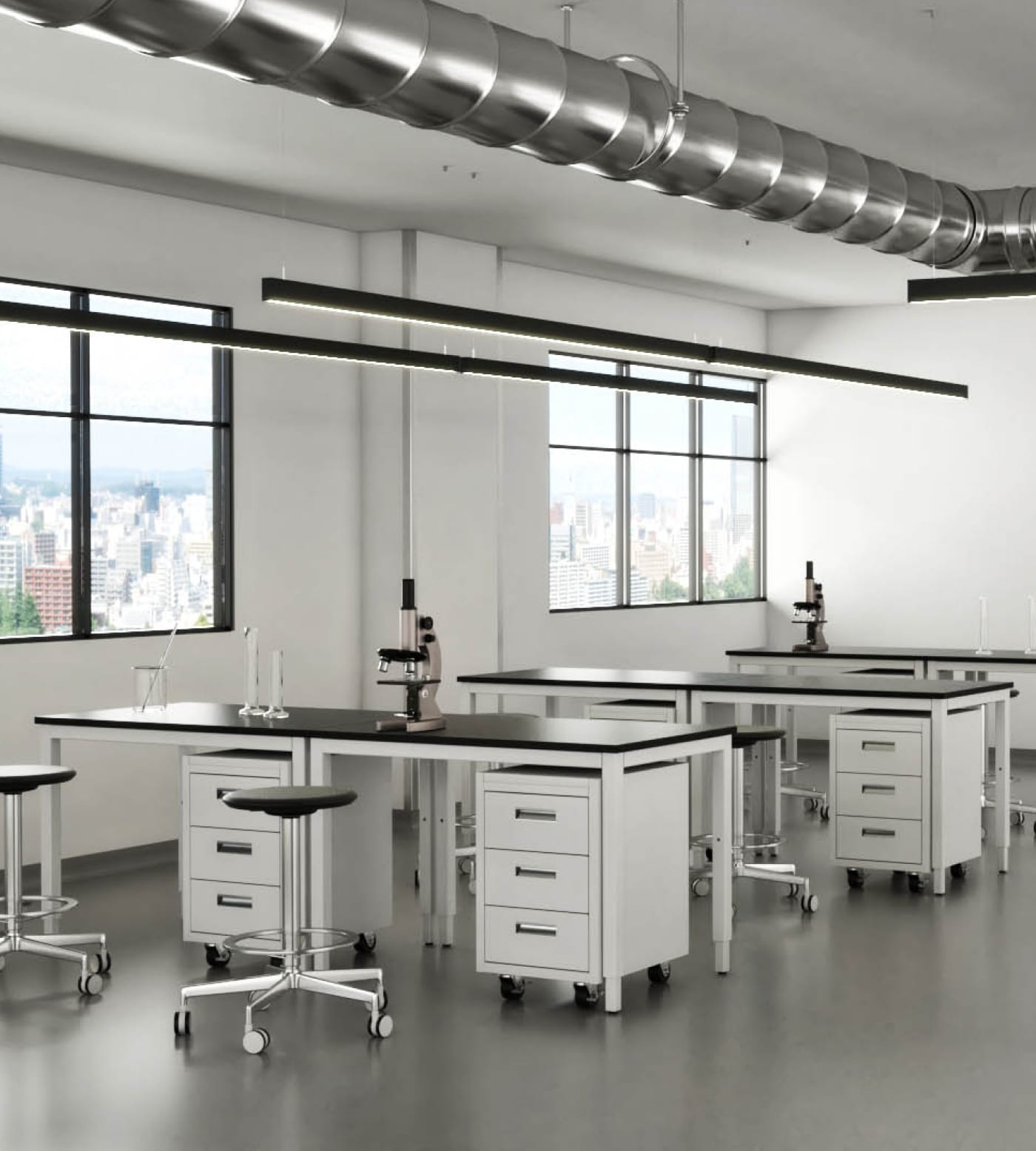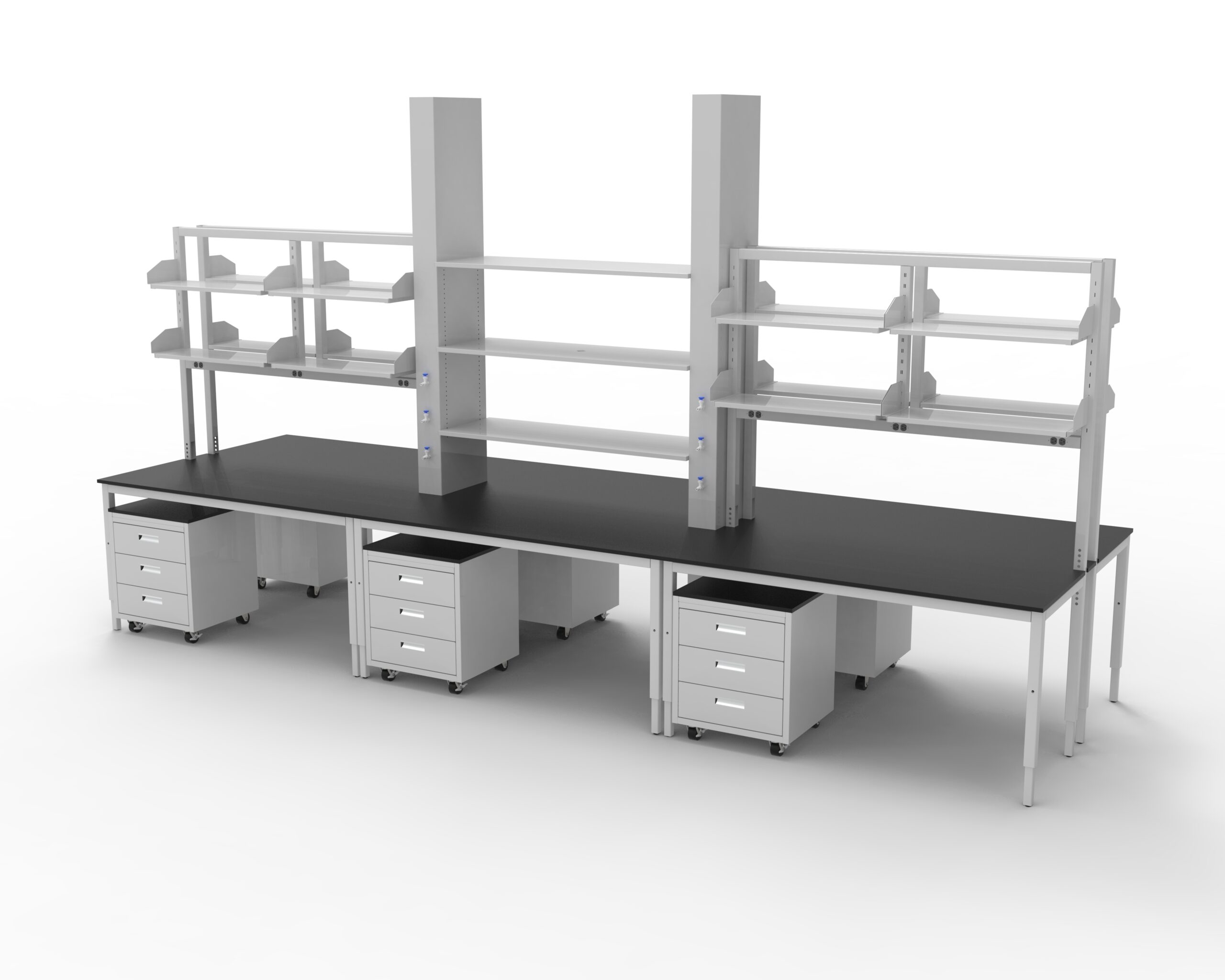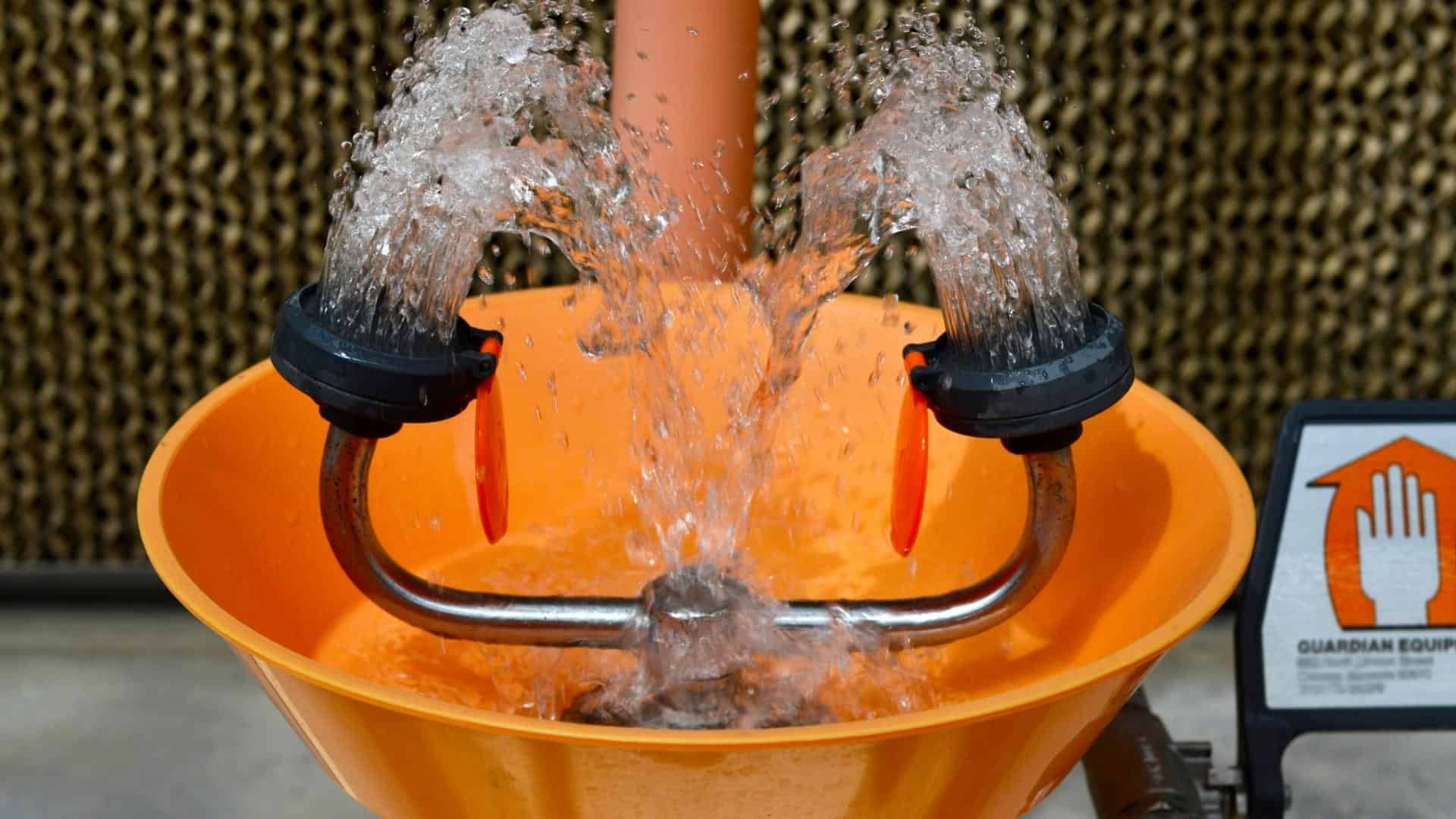Fume Hood Face Velocity And Why It’s Important
What Is Face Velocity?
Face velocity is the measure of air flowing across or into a space, measured in feet per minute (FPM). In terms of fume hoods, face velocity is one of the most important measurements that will indicate if your fume hood is working safely and effectively.
Face Velocity and Fume Hood Safety
The safety of your fume hood is determined mainly by the rate at which it sucks in the air around it. Face velocity is how you measure this rate. An adequate face velocity will keep harmful gas from escaping your fume hood and leaking out into the lab.
The recommended face velocity for fume hoods is 100 FPM. This will ensure that your fume hood is effectively containing fumes.
How Often Do Fume Hoods Need to Have Face Velocity Testing?
By OSHA standards, the face velocity testing of fume hoods should be conducted every three months.
Variations in Recommended Face Velocity
Type of Fume Hood
Most fume hoods should always be operating at a face velocity of 100 FPM. Variable air velocity (VAV) fume hoods are different because they take energy efficiency into account.
When the sash is fully open on a VAV fume hood, the face velocity should be at 100 FPM. However, when you close the sash, the VAV fume hood will conserve energy with less airflow. The face velocity of VAV fume hoods only gets as low as 60 FPM.
State Regulations & Energy Efficiency Requirements
Depending on the state in which your lab is located, you may need to follow energy efficiency regulations that affect your rate of airflow.
Measurements like cubic feet per minute (CFM) are used to regulate the energy used by fume hoods. For example, in California, it may be smart to use VAV fume hoods in order to meet energy efficiency requirements.
How to Check Air Velocity
When fume hoods are manufactured, as part of fume hood testing standards and requirements they go through ASHRAE 110 testing procedures to ensure that they work properly. The ASHRAE 110 method of testing performance of laboratory fume hoods is the industry standard. These procedures involve placing a dummy at various spots around the fume hood to test the level of airflow, ensuring that it’s always at 100 FPM.
At IQ Labs, we always have our fume hoods tested to make sure that they are ASHRAE 110 certified before they get to you. While ASHRAE 110 testing isn’t a process that the average fume hood user is certified to carry out, it is important to check the airflow before using your fume hood in the interest of safety.
Airflow Velocity Meter
The airflow velocity meter is a velocity testing tool consisting of a simple probe with a fan attached on the end, allowing you to check the air velocity. This probe is held around different areas of the fume hood to test the airflow all around the fume hood.
How to Prepare the Fume Hood for Face Velocity Testing
Before testing, make sure that the fume hood is empty of materials, has no damage that’s visible, and has no blockages that would affect airflow. Also, the placement of the fume hood is important. You don’t want the fume hood next to a doorway or open window as that could deprive the fume hood of airflow.
Related Fume Hood Tests
Cross-draft Velocity Test
A cross-draft velocity test uses the air velocity meter to make sure that your fume hood isn’t too close to an open window or door. This is to prevent a cross-draft that would deprive your fume hood of the proper airflow.
Airflow Collection Test
An airflow collection test measures the volume of airflow, whereas the air velocity test measures the speed of airflow.
Tracer Gas Containment Test
A tracer gas containment test is a way to test the capture velocity of your fume hood and be sure that it is containing gases. You take a tracer gas source and hold it in different areas around the fume hood to make sure that it is properly sucked into the fume hood and contained from the lab.
This is another kind of test that isn’t required of the user but is good practice to perform regularly in the interest of safety.




